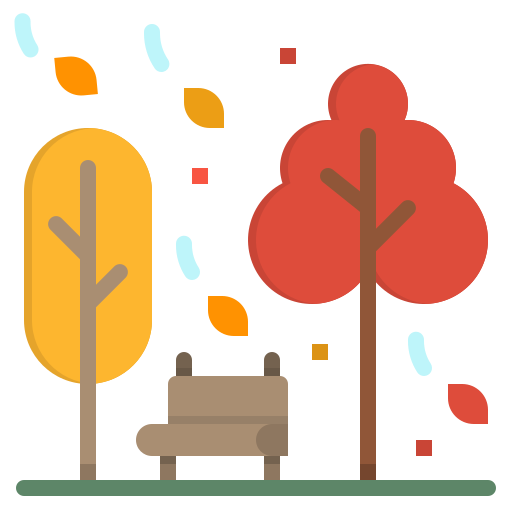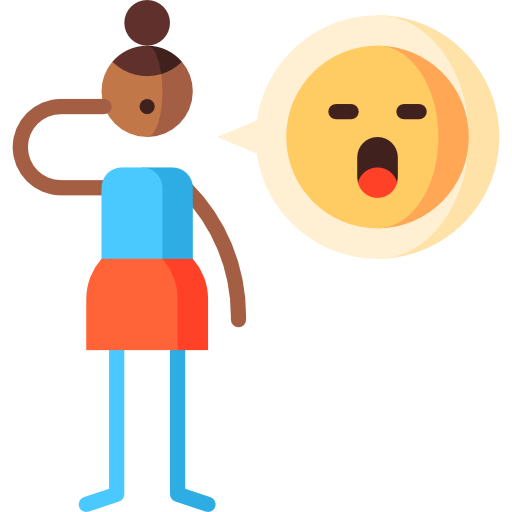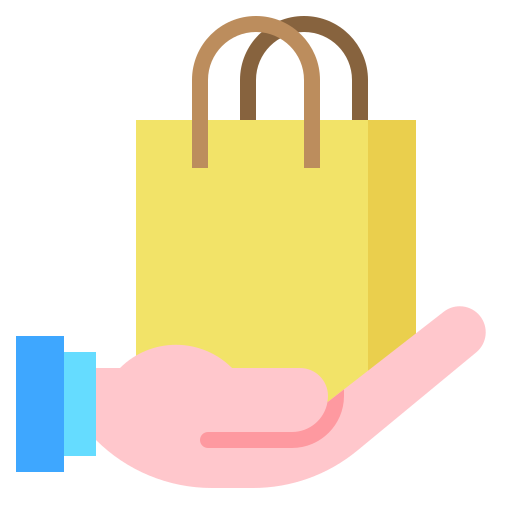いつもWeblio英会話をご利用いただき誠にありがとうございます。
8月におすすめ講師のご紹介ブログを掲載したところ、大変ご好評をいただきました。
今回、2回目のおすすめ講師の紹介記事を掲載させていただきます。
毎日のレッスンご予約の参考にご利用ください。
今回はこちらの6名の先生をご紹介します
※おすすめ講師のレッスンは早めのご予約をおすすめいたします。
L.A先生
自己紹介 introduction
I am a law graduate and as my pre-law course, I completed my degree in Management Accounting. After years of learning, I have developed my passion for teaching by sharing thoughts through discussions. I would love to share my ideas, practice and experiences with you to help you improve your English communication skills. I am excited to study English with you!
講師歴 Instructor History
I am a new Tutor in Weblio, and this is my first-time being an ESL teacher. Although everything is new, I was a volunteer for programs that reaches out to poor areas and teach children how to read and write for almost 5 years.
趣味・興味 Hobbies / Interest
Reading, dancing, listening, playing the piano and guitar
スタッフコメント Staff comment
L.A先生は、毎回理解しているか確認しながら進める丁寧なレッスンを行っています。
また、これまでの経験から簡潔に分かりやすく伝える事に重点を置くスタイルのレッスンにたどり着きました。細やかなレッスンは、英会話学習の手助けになるでしょう。
Raine先生
自己紹介 introduction
Friendly and outgoing, yes, that’s Tutor Raine! During my free time, I like to play basketball, swimming and listen to music. I know that learning a new language is not easy. It might be full of struggles, that is why I am here to help you. We will learn English the fun way. Join me now and I will guide you throughout the English language!
講師歴 Instructor History
I have been teaching online/offline for 2 years. I have a TEFL (Teaching English as a Foreign Language) and TESOL Certificate.
趣味・興味 Hobbies / Interest
playing basketball, listening to music and swim
スタッフコメント Staff comment
「cool」や「sporty」という言葉がぴったりのRaine先生は、2年の英語講師経験があり、特に英語初心者に必要な語彙や理解、表現力の向上を意識したレッスンを提供しています。初心者の方から表現力を磨きたい上級者の方まで幅広くお勧めできる講師の一人です。
Annsky先生
自己紹介 introduction
Greetings! I am Annsky, a Philosophy degree graduate from the University of the Philippines -Diliman. Being an amateur tutor was never an obstacle to pursue my passion for teaching. With strong motivation and determination, I am continuously displaying my enthusiasm for teaching in a fun and dynamic way. It will be my utmost pleasure to assist and guide you in your journey in learning the English language and in improving your English skills.
講師歴 Instructor History
Weblio is the first company I’ve worked for as an ESL teacher. After I graduated in University I worked as a banker specializing in loans, accounting and foreign exchange. I further developed and improved my English skills when I lived and worked in Canada for 5 years.
趣味・興味 Hobbies / Interest
My hobbies are traveling local and international, watching TV Series, listening to music and practicing yoga.
スタッフコメント Staff comment
Annsky先生は、ウェブリオ英会話で最も優秀な講師の一人です。レッスンを提供し始めてもうすぐ2年になります。その間初心者から上級者まで様々なタイプの生徒へレッスンを行ってきました。レッスン中は発音や文章、語彙について常に適切なアドバイスをするように心がけてます。
Riess先生
自己紹介 introduction
Greetings!! You can call me Tutor Riess. I’m very delighted to be part of Weblio Eikaiwa.Teaching has always been my passion. I love to communicate with people . Learning English is not easy but it is also very valuable and can create many opportunities! Rest assured, I’ll be a great help in your learning process. Hope to see you in my class!
講師歴 Instructor History
I’ve worked in an American-based Company as a call center agent for 1 year catering to foreigner clients. I also teach other students of all ages whose levels are from beginner to advanced. I have been teaching online for more than 3 years already.
趣味・興味 Hobbies / Interest
I like watching action and adventure movies. I like reading, traveling,singing,and playing guitar.
スタッフコメント Staff comment
Riess先生は、積極的にウェブリオ英会話でレッスンを提供している講師の一人です。
歌う事や映画、旅行など興味深いトピックを使ったレッスンを行ったり、聞き手に回って話す量を増やしたり、受講される方が英語を習得する事でより良くなる事を信じて日々レッスンを提供しています。
Hannah先生
自己紹介 introduction
Hello! I’m tutor Hannah! I’ve been teaching here in Weblio Eikaiwa for 4 years now. I’m a graduate of Bachelor’s in Elementary Education and I’m a licensed teacher and got my Master’s degree in Education last 2015. I love teaching kids and adults. I can help you with your English skills and I am highly passionate about what I do, as I enjoy every moment of interacting with my students and seeing their improvements on a daily basis. See you in my class!
講師歴 Instructor History
I have experience teaching in a private Elementary school (S.Y 2014-2015).
I am a graduate of Associate in Health Science Education Major in Nursing (2007).
趣味・興味 Hobbies / Interest
I love watching asian movies/series, travelling and reading books
スタッフコメント Staff comment
Hannah先生は、4年間Weblio英会話でレッスンを提供し続けている優秀な講師の一人です。
常に英語を学ぶことに喜びを感じる事が出来る素敵なレッスンを心がけています。
小学校での教育経験もあり、子ども向けのレッスンも多く提供してきました。
Yafah先生
自己紹介 introduction
I’d like to look at myself as one who’s committed to excellence. It’s my way of challenging myself, pushing myself to the limits and to avoid normality. Most people like to be with me because of my jolly personality. I always maintain a positive attitude towards everything, and I always want to be at the forefront of anything that benefits me and my community.
講師歴 Instructor History
I acquired my bachelor’s degree in Secondary Education major in English. I honed my communication and computer literacy skills every chance I get to help me with my teaching career. Thus, obtaining a TESOL certificate. I should always be best in every aspect of my life.I have worked as an ESL teacher to foreigners for two years now.
趣味・興味 Hobbies / Interest
I like playing badminton. I read English novels. I’m fond of watching real life documentaries; and music always makes my day!
スタッフコメント Staff comment
Yafah先生は中学教育の学士を取得し、2年間英語講師をしています。教える事は勿論、コミュニケーションに長けています。またYafah先生のアクセントはすばらしく、レッスンは発音とリスニングスキルの向上につながります。
こちらで紹介した講師は、Weblioでレッスンを提供している講師の一部です。
是非いろんな講師のレッスンを受講して、お気に入りの講師を見つけてください。
また、英会話コラムにオンライン英会話でよく使うフレーズが掲載されています。
オンライン英会話の「不安」を取り除くコツと必須フレーズ
繰り返し話す(アウトプットする)事は、英会話上達のためにとても役立ちます。
使いこなせるようになるまで、何度もレッスンで繰り返してみてください。
今後も、皆さまの英語力向上とレッスン受講のお手伝いができるように努めてまいります。
サービスへのご感想などお気軽に下記のフォームからお知らせください。
Weblio英会話 ご意見・ご感想箱
※匿名のフォームとなりますので、個別にご返信は行っておりません。
※ご返信が必要な内容については、お問い合わせフォームよりご連絡ください。





















